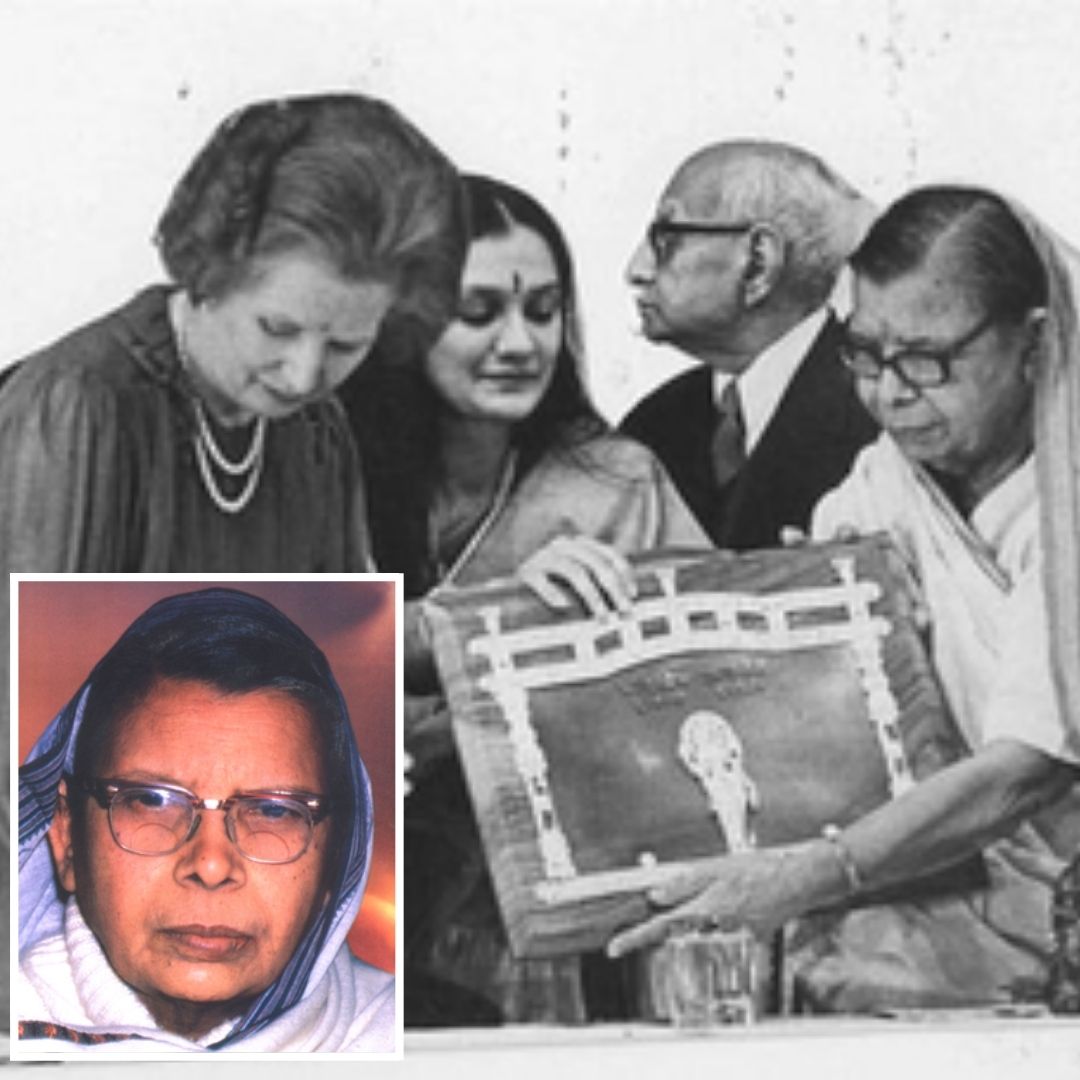Mahadevi Varma: Poet, Educationist And Freedom Fighter Who Left Her Mark In Indian Literature
Writer: Ronit Kumar Singh
A confident and reliable journalist who always desires to toss the unheard voices. I cover politics and governance extensively through stories.
India, 11 Sep 2022 4:37 AM GMT
Editor : Shiva Chaudhary |
A post-graduate in Journalism and Mass Communication with relevant skills, specialising in content editing & writing. I believe in the precise dissemination of information based on facts to the public.
Creatives : Ronit Kumar Singh
A confident and reliable journalist who always desires to toss the unheard voices. I cover politics and governance extensively through stories.
Mahadevi Varma is considered one of the four pillars of the Chhayawadi era in Hindi literature. She was awarded the honour of Padma Bhushan in 1956 and Padma Vibhusan in 1988 for her contribution to Indian literature.
Mahadevi Varma, often referred to as 'Meera' of the modern world, was a poetess, essayist, educationist, and freedom fighter. She is considered one of the pillars of the Chhayawadi era in Hindi literature. After witnessing India pre and post-independence, she transformed into a poet who worked for the broader society of the country.
Significantly, her novel Deepshikha influenced a large part of society. Not only her poetry and essays but her social upliftment initiatives and welfare development work for women were also appreciated. Her remarks on colonial rule often triggered the idea of Independence, inspiring millions of people.
Early Life Of Mahadevi Varma
She was born on March 26, 1907, to a Hindu Chitraguptavanshi Kayastha family in Farrukhabad, Uttar Pradesh. Mahadevi's father, Govind Prasad Varma, was a professor at one college in Bhagalpur, and her mother, Hem Rani Devi, was a religious woman with an immense interest in music.
Varma was admitted to a Convent school, but due to her unwilling attitude, she was admitted to Crosthwaite Girls College at Allahabad. While studying there, she learned the idea of unity as students from different religions lived in the hostel. She used to write poems and essays secretly, but her roommate once exposed her writings in front of everyone.
She and her friend, Subhadra, used to write and practice creative things by sitting under a tree at school while others played games on the ground. They both wrote several poems and managed a few of them to be published in a weekly magazine. The partnership continued till Subhadra graduated from Crosthwaite.
In a childhood biography, 'My Childhood Days,' Varma highlighted that she was fortunate to be born into a family of liberals when a girl was seen as a burden to the family. However, following the norms, she was married at nine. For many years, Varma was married, but she chose to live an ascetic life, suggests Wikipedia.
Beginning Of Her Career
She started her career as a teacher and became the principal of Prayag Mahila Vidyapeeth. She contributed significantly to the development of the school. Her steps were considered revolutionary for women's education during that period.
In 1923, she started writing for the women's leading magazine 'Chand.' Under Mahatama Gandhi's influence, she went into public service and worked effortlessly in Jhansi alongside the freedom struggle. During her time as a poet, she published Nihar in 1930, Rashmi in 1933, Sandhyageet in 1939 and several other publications.
During the 1940s, she built her house in Umagarh village of Uttarakhand and named it Meera Temple. Till the time she lived in the town, her entire time was dedicated to women's education and development. In today's era, the house is known as Sahitya Museum.
 All section
All section















